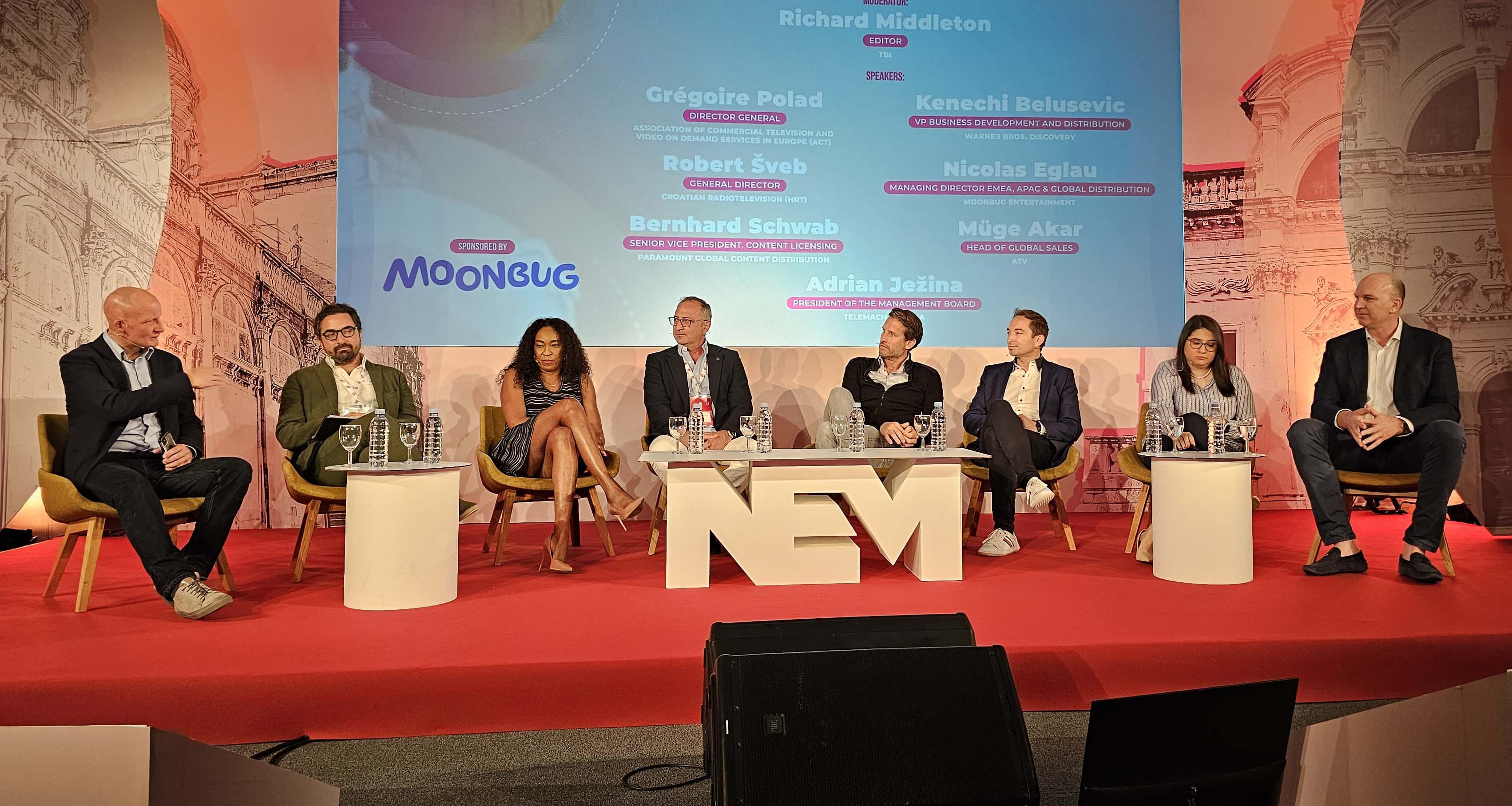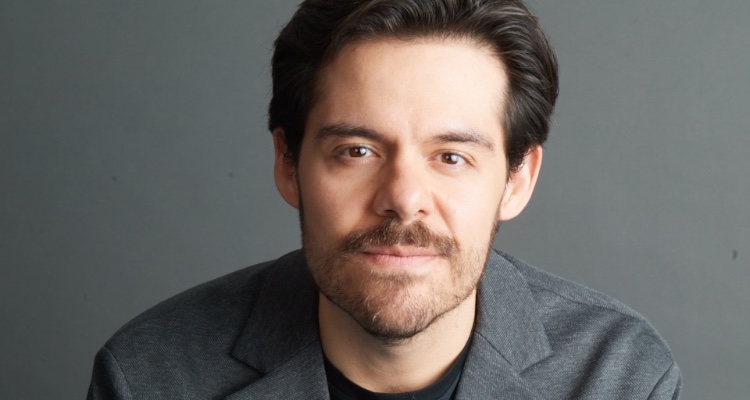‘Despite the increasing prominence of digital platforms, linear TV continues to play a crucial role in the media landscape of Central and Eastern Europe (CEE)’, assured Richard Middleton, Editor at TBI, who moderated the panel «Linear TV Still Matters in CEE» at NEM Dubrovnik 2024, where top industry executives shared their perspectives on the relevance and future of linear television in the region.

Nicolas Eglau, Managing Director of EMEA, APAC & Global Distribution at Moonbug Entertainment, discussed the strategic importance of linear TV for their content distribution. ‘We started on YouTube and went back to the world’, he explained. ‘All these audiences, the streamers and the linear audiences, people were aware of these channels because YouTube is the biggest platform in the world. But they prefer to watch it on their local streamer or on the linear channel in the market’. Eglau emphasized that Central and Eastern Europe is a key market for launching new linear channels, underscoring the region’s strong affinity for traditional TV viewing habits.
Meanwhile, Robert Šveb, General Director of Croatian Radiotelevision (HRT), highlighted the enduring strength of linear TV in Croatia. ‘Linear is still strong in Croatia and in the rest of Western countries. This gives us the opportunity to create fun programs from time to time’, he stated. Šveb noted that despite the rise in cable penetration, a significant number of households still rely on Free Play services, indicating a stable audience for linear television. However, he acknowledged changing viewer behaviors and the need for diversification, such as launching digital-only exhibitions for younger audiences.
Also, Adrian Ježina, President of the Management Board at Telemach Croatia, discussed the complementary roles of linear TV and streaming services. ‘There are always events like sports or some events where linear is key. But if you look at new episodes, actually linear channels are also very useful’, he said. Ježina remarked that while streaming is on the rise, linear TV remains relevant for certain types of content and viewing experiences, suggesting a hybrid approach to content delivery.
On the other hand, Kenechi Belusevic, VP of Business Development and Distribution at Warner Bros. Discovery, described the dynamic balance between linear and streaming platforms. ‘We still see a very strong presence of lines in all these countries. However, we also see evolution, and that’s what I want to call it’, he stayed. Belusevic highlighted the adaptability of linear TV in maintaining strong viewer engagement while exploring new opportunities with streaming services, exemplified by the recent launch of Max, their hybrid content platform.
In addition, Bernhard Schwab, Senior Vice President of Content Licensing at Paramount Global Content Distribution, underscored the importance of high-quality content in sustaining linear TV’s relevance. ‘At the core of everything for the audience is the content. It’s number one’, he asserted. Schwab pointed out that successful brands and franchises, such as Nickelodeon and CBS, have established strong audience bases through linear channels, which then bolster their performance across digital platforms.
As for the perspective from Turkey content distribution, Müge Akar, Head of Global Sales at ATV, shared insights on meeting the diverse content demands of the CEE market. ‘CEE is primarily an online-oriented market, but we also see a shift towards digital streaming’, she observed. Akar explained the importance of offering a variety of content types to cater to both linear and digital audiences, noting that ATV‘s extensive library allows them to meet the evolving preferences of viewers in the region.
Finally, Grégoire Polad, Director General of the Association of Commercial Television and Video on Demand Services in Europe (ACT), addressed the regulatory challenges facing the industry. ‘There is a remarkable permanence in the Lydia region’, he commented. Polad stressed the importance of balanced regulation to ensure that both linear and streaming services can thrive, advocating for policies that support reinvestment in original productions and cultural diversity.







